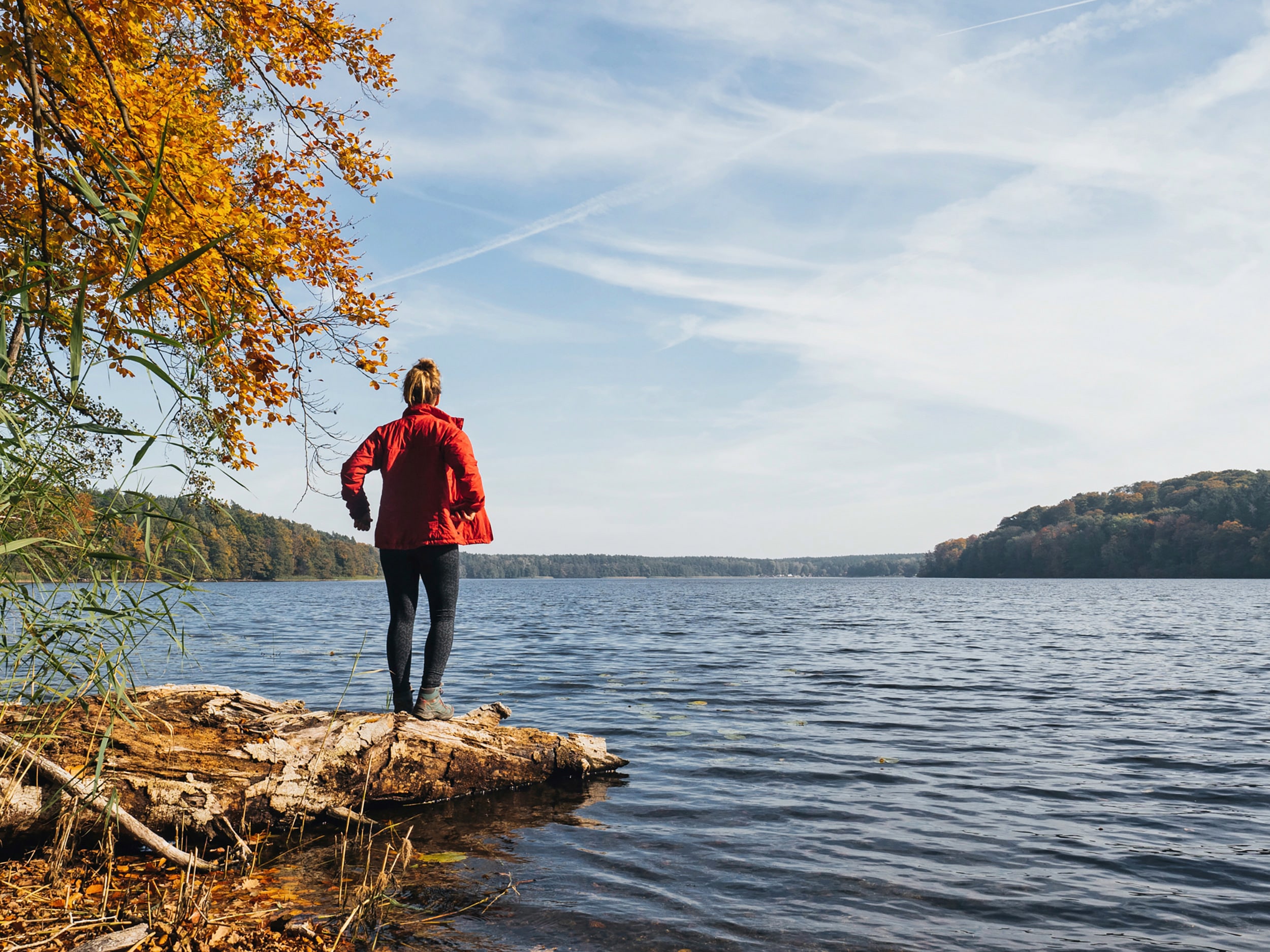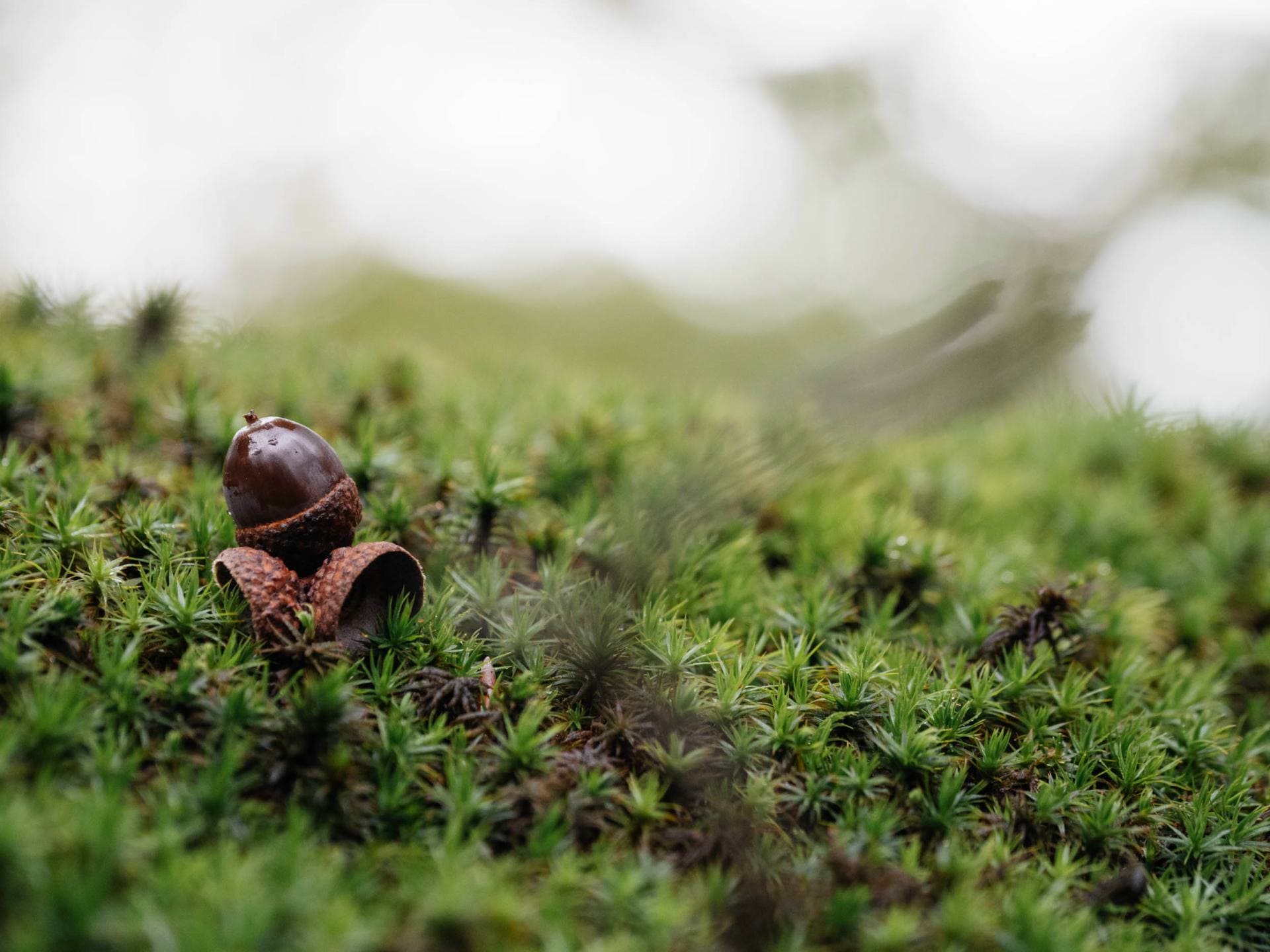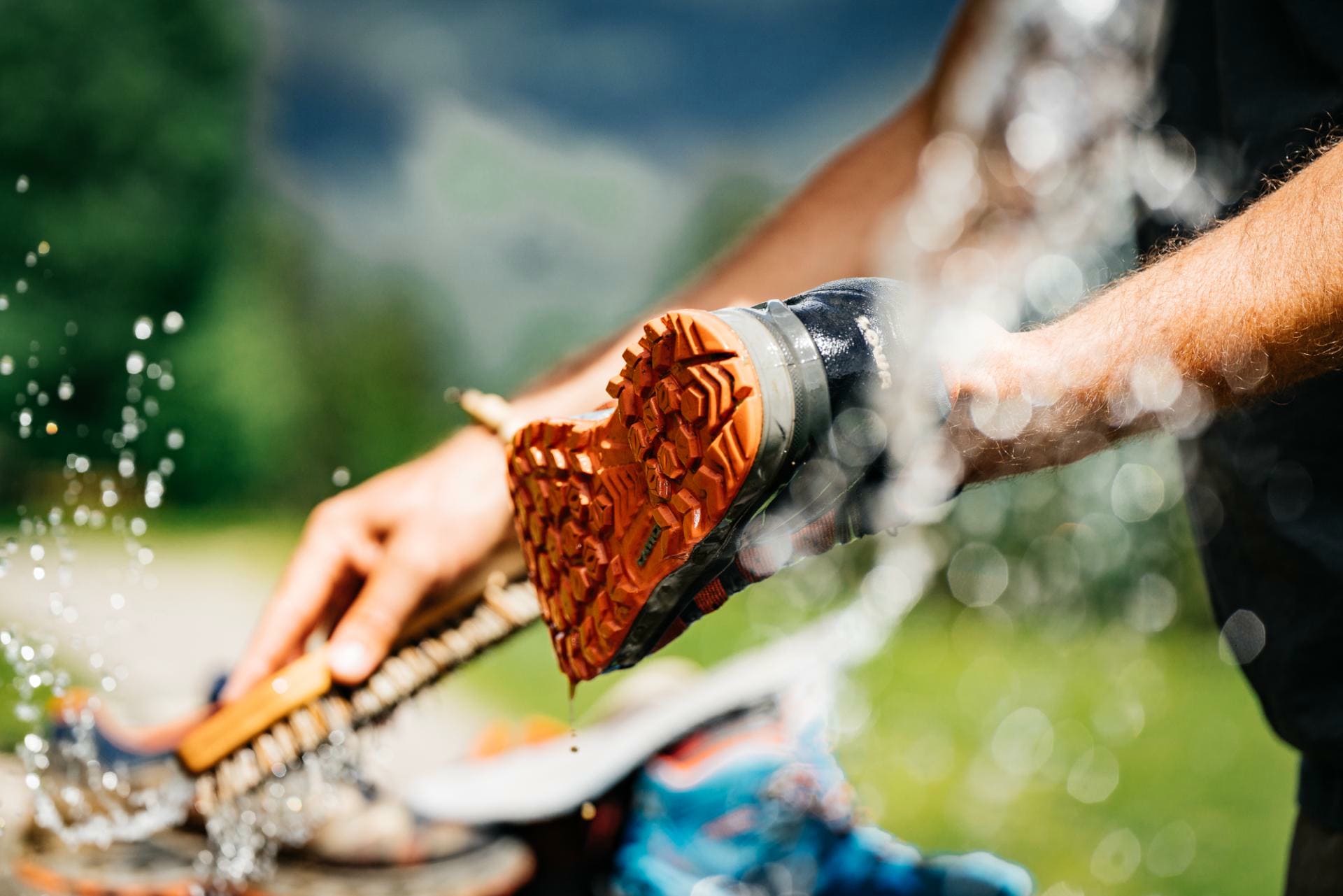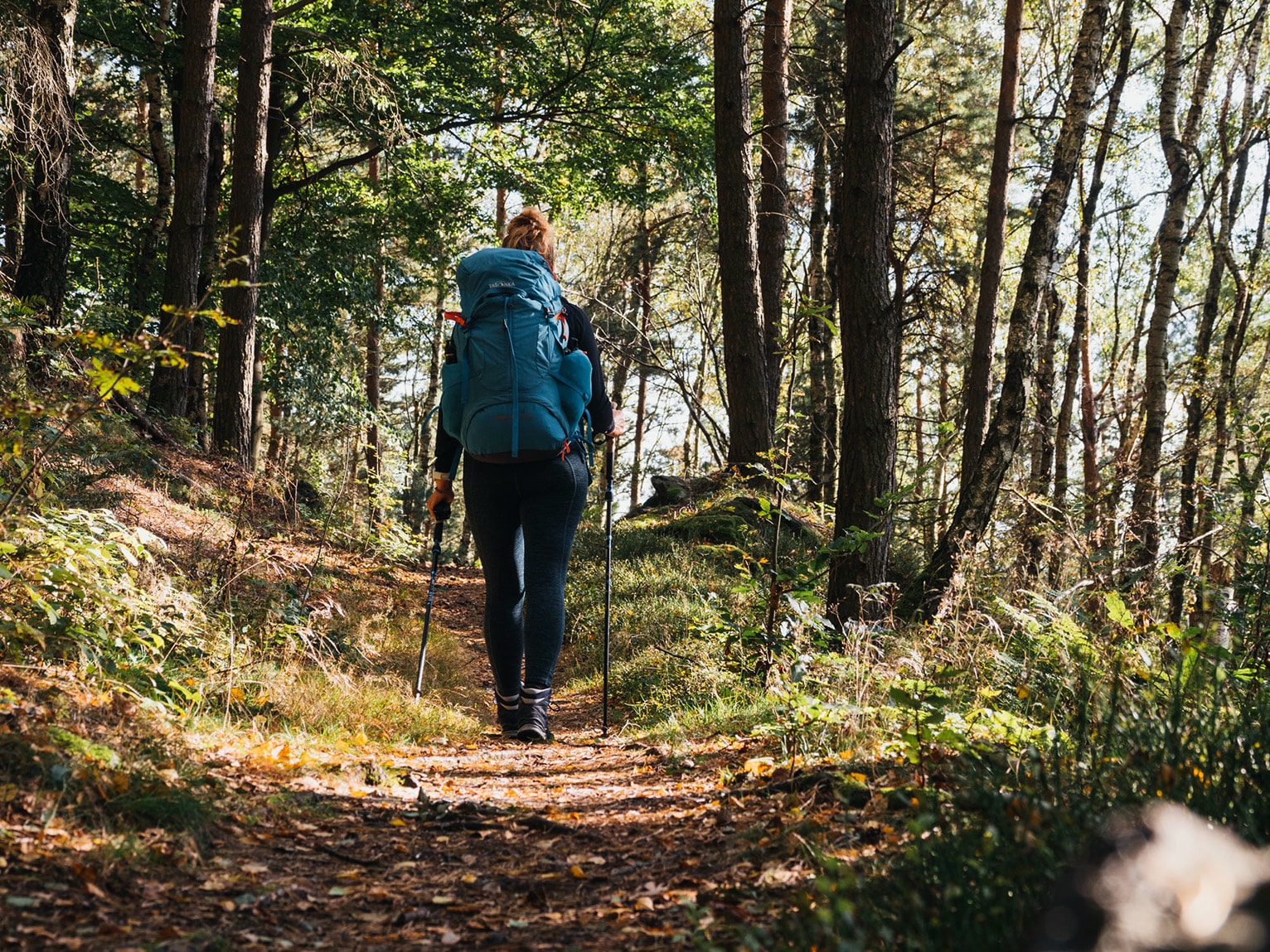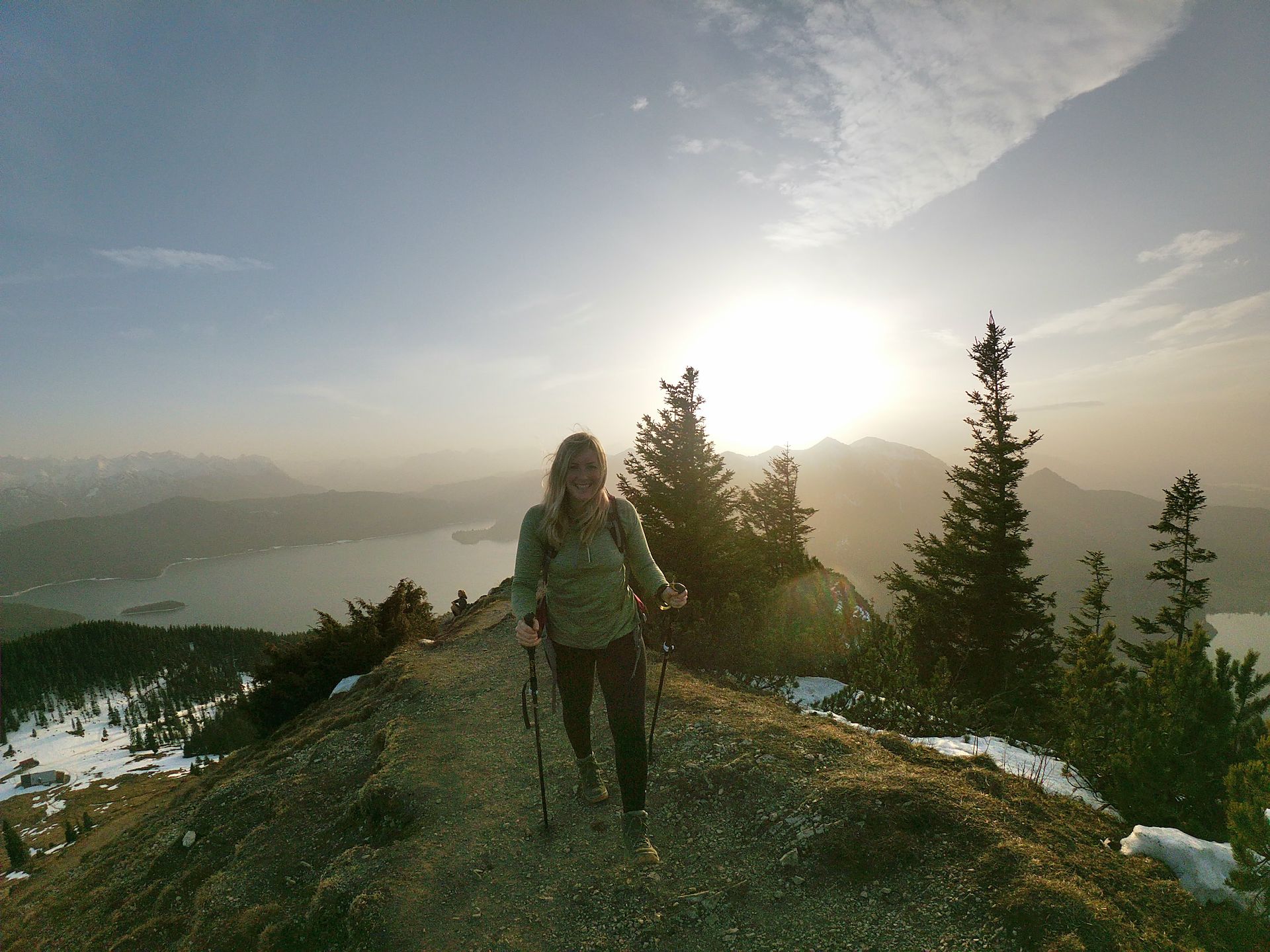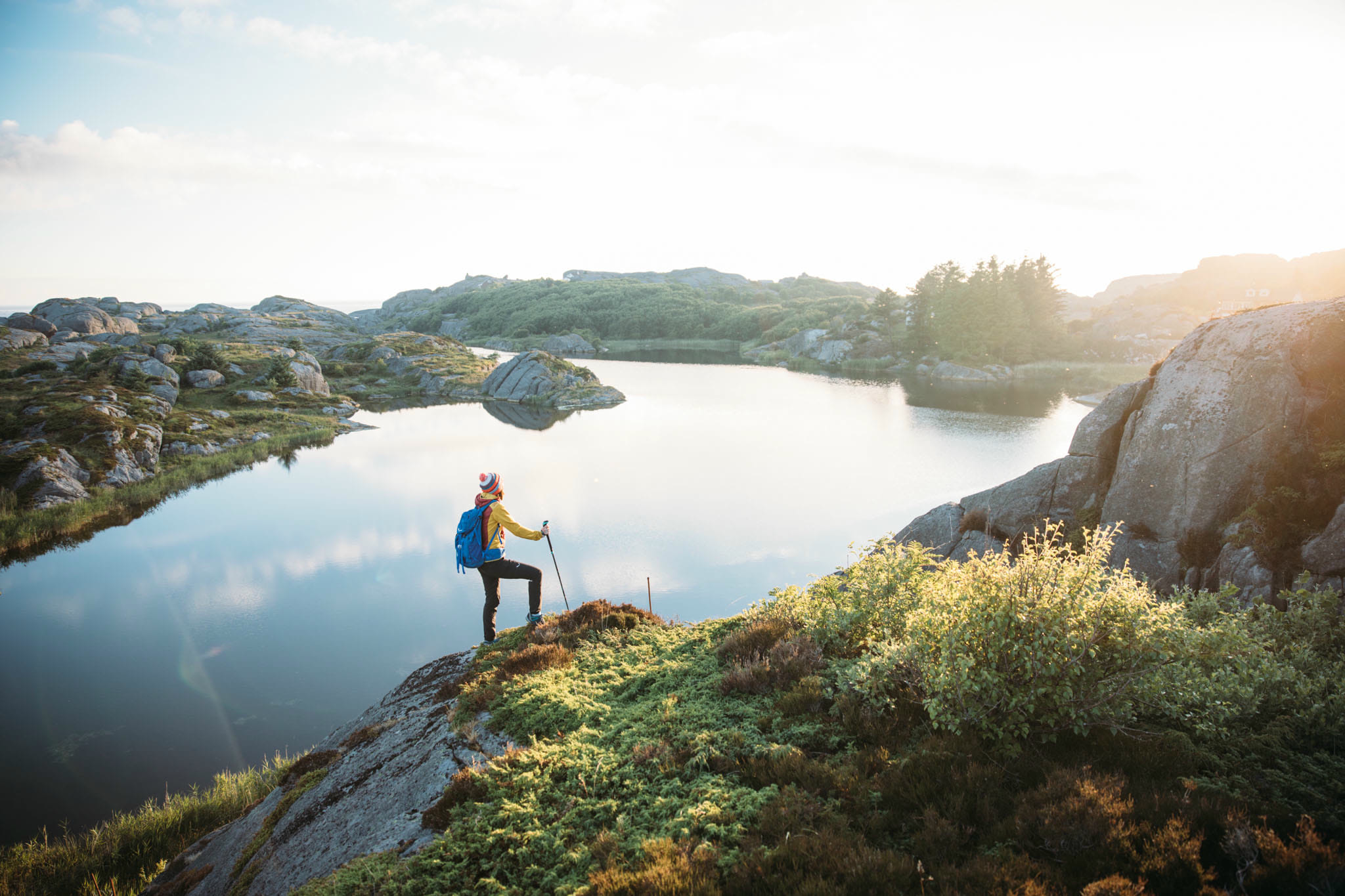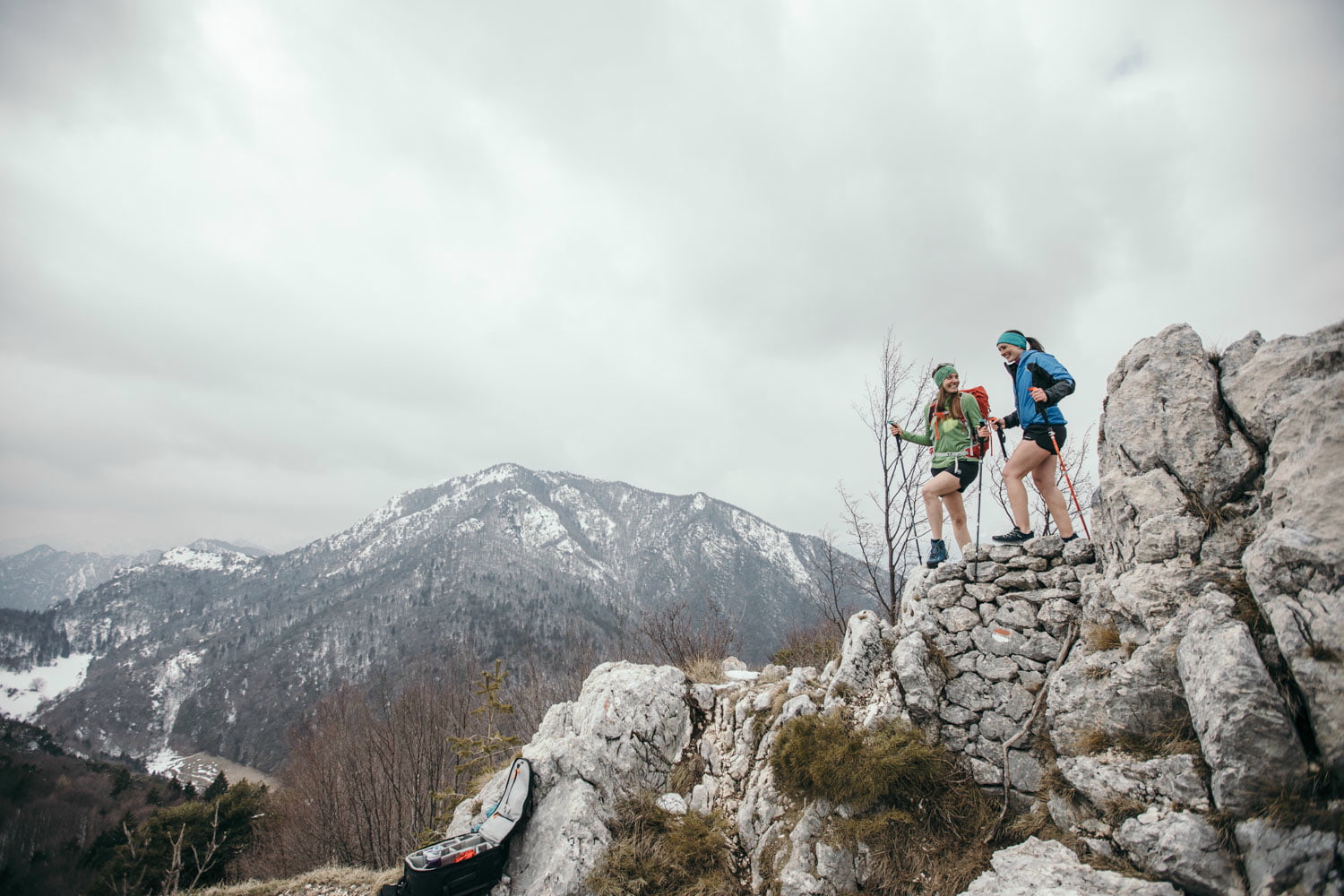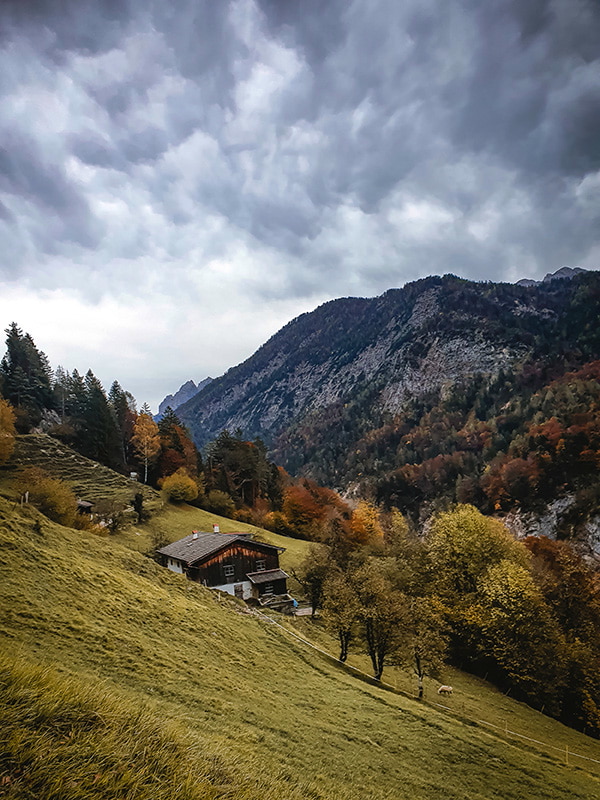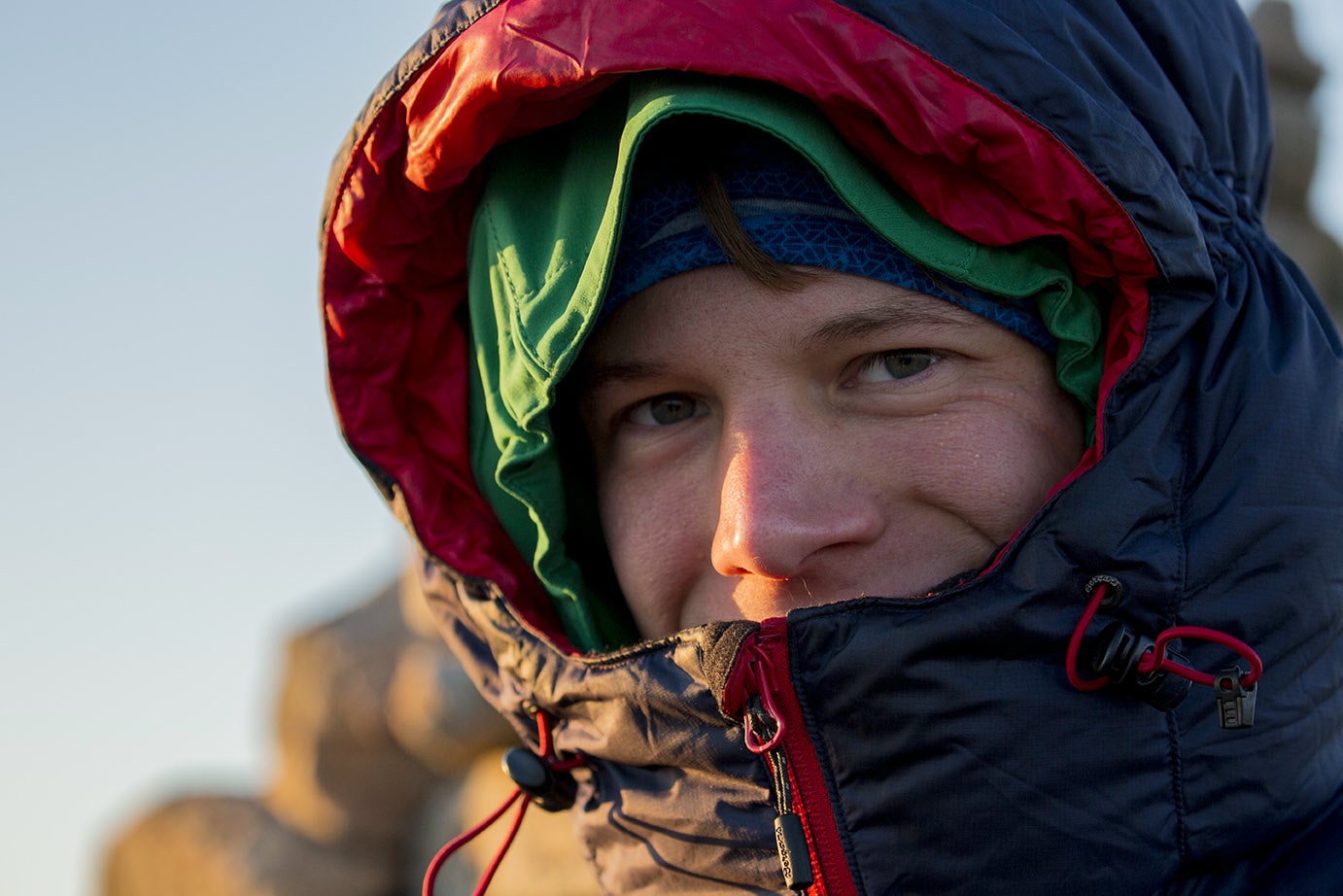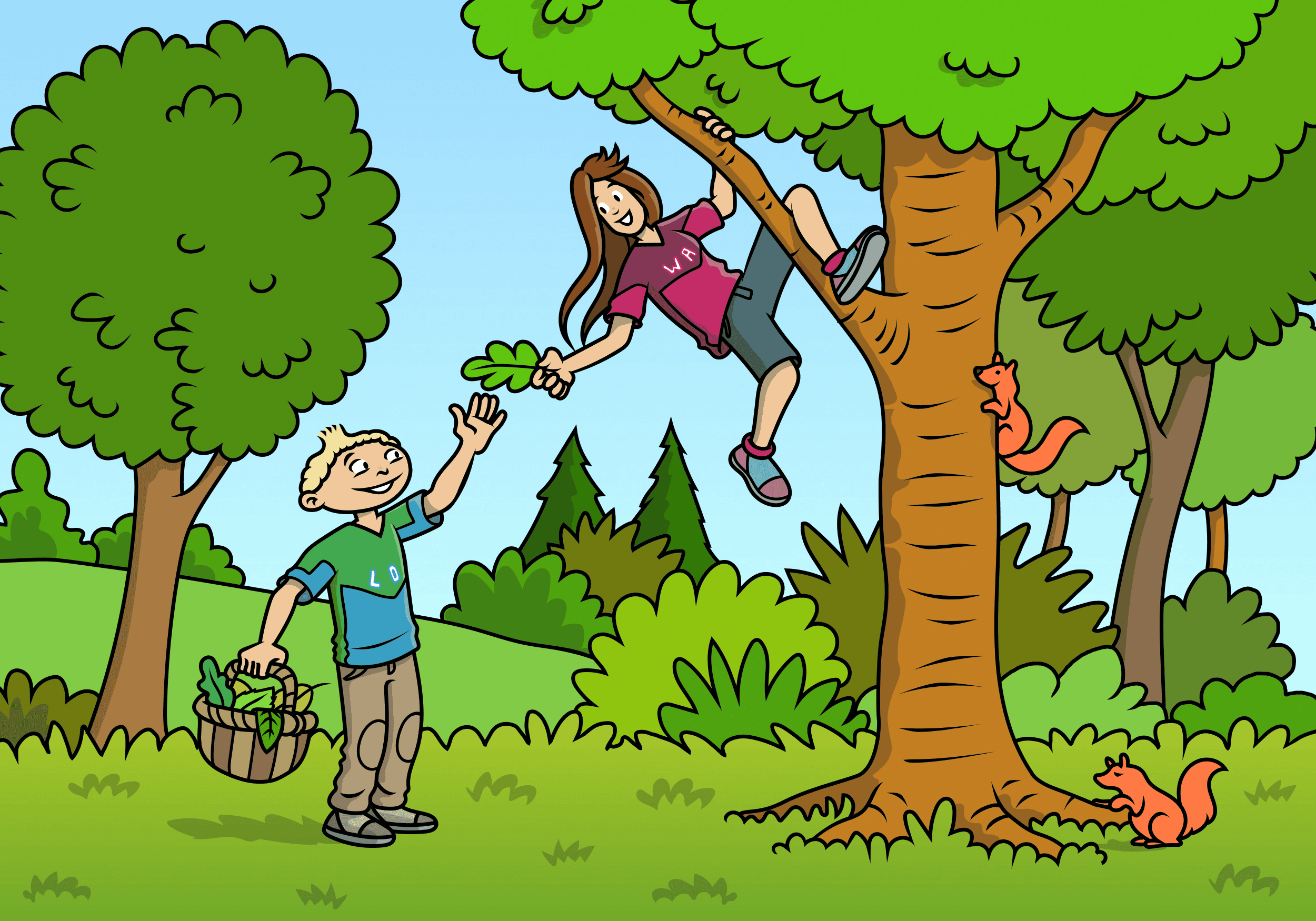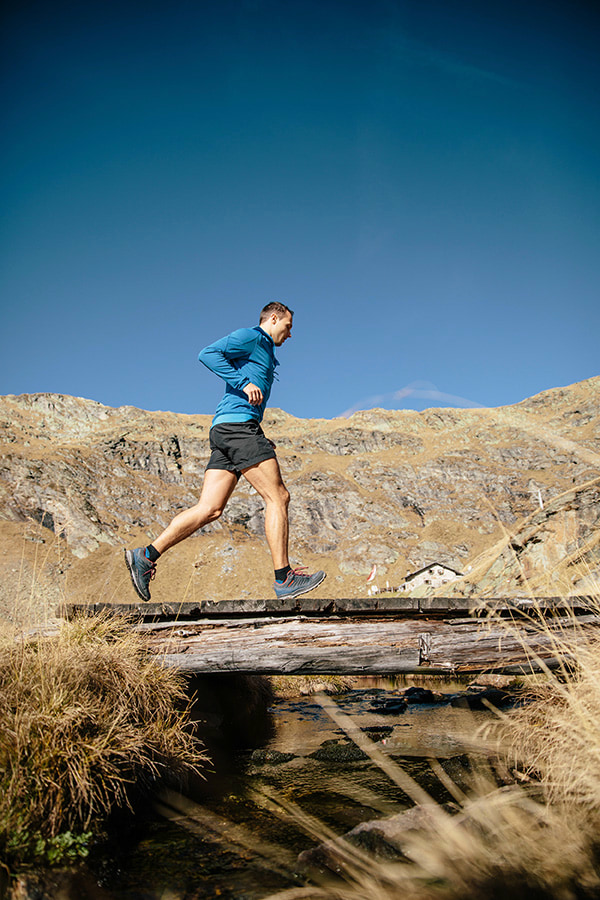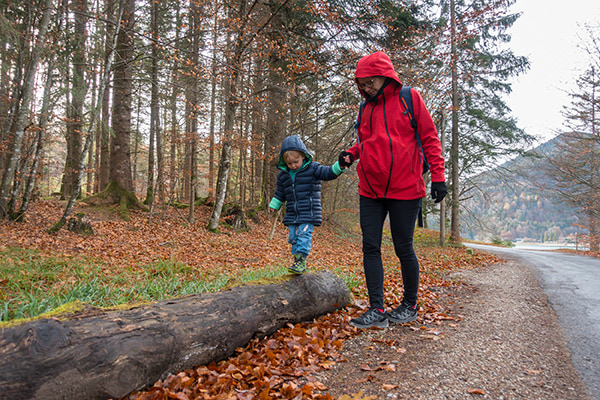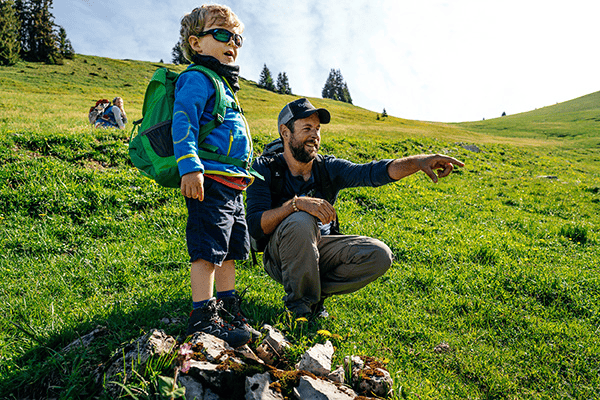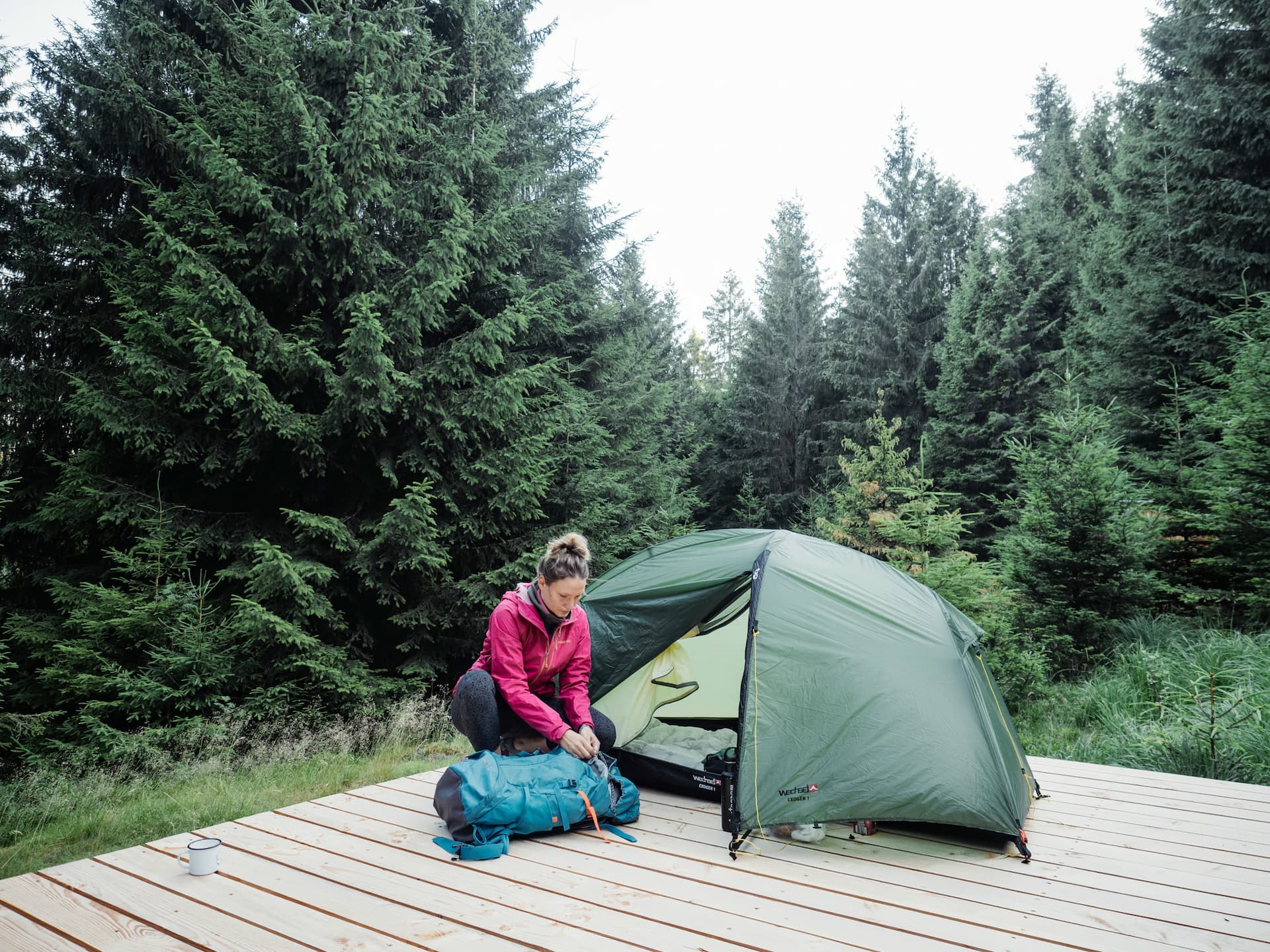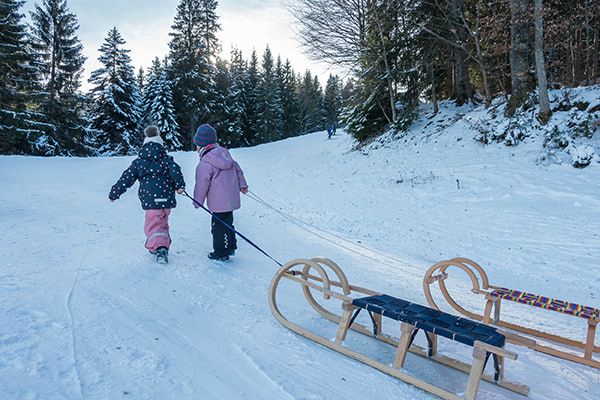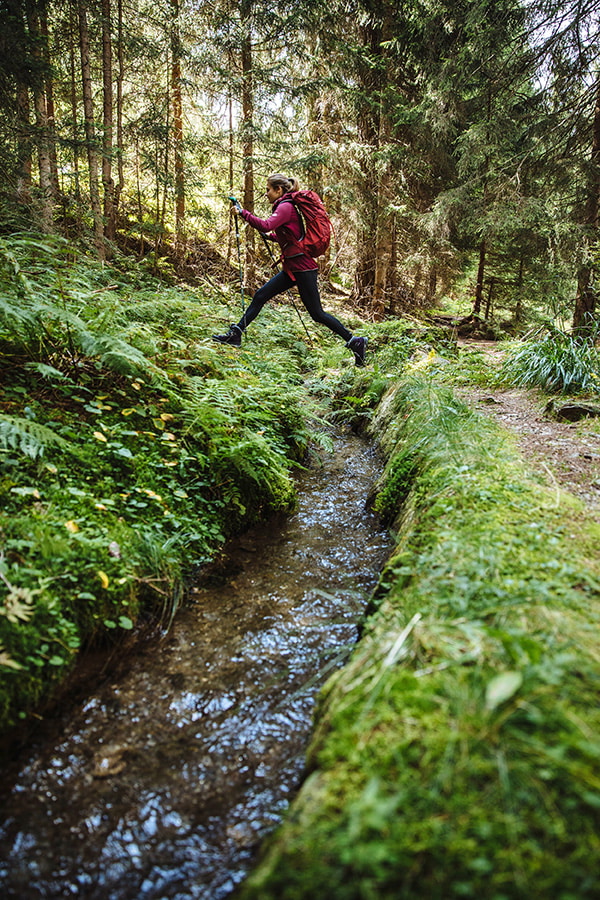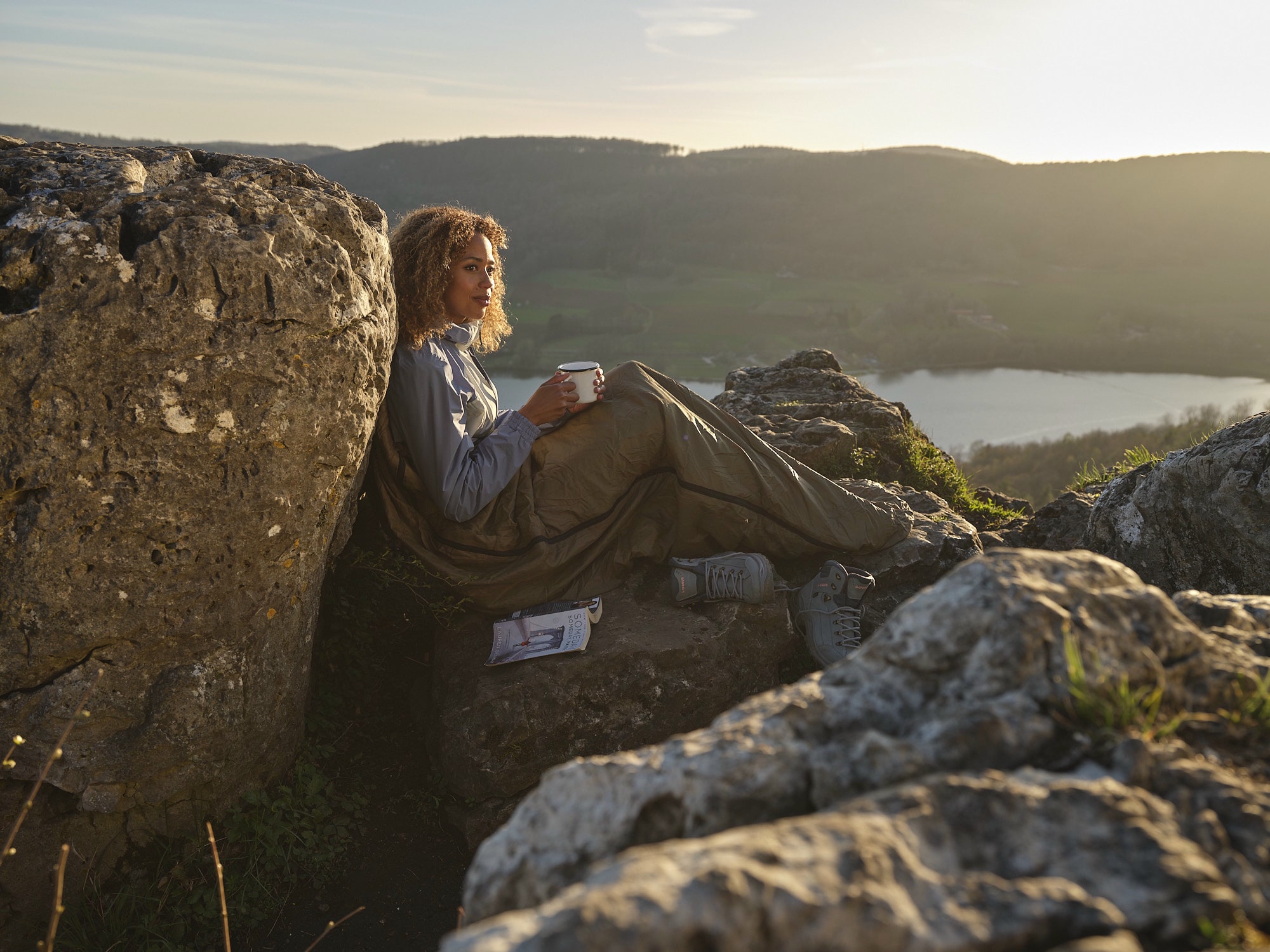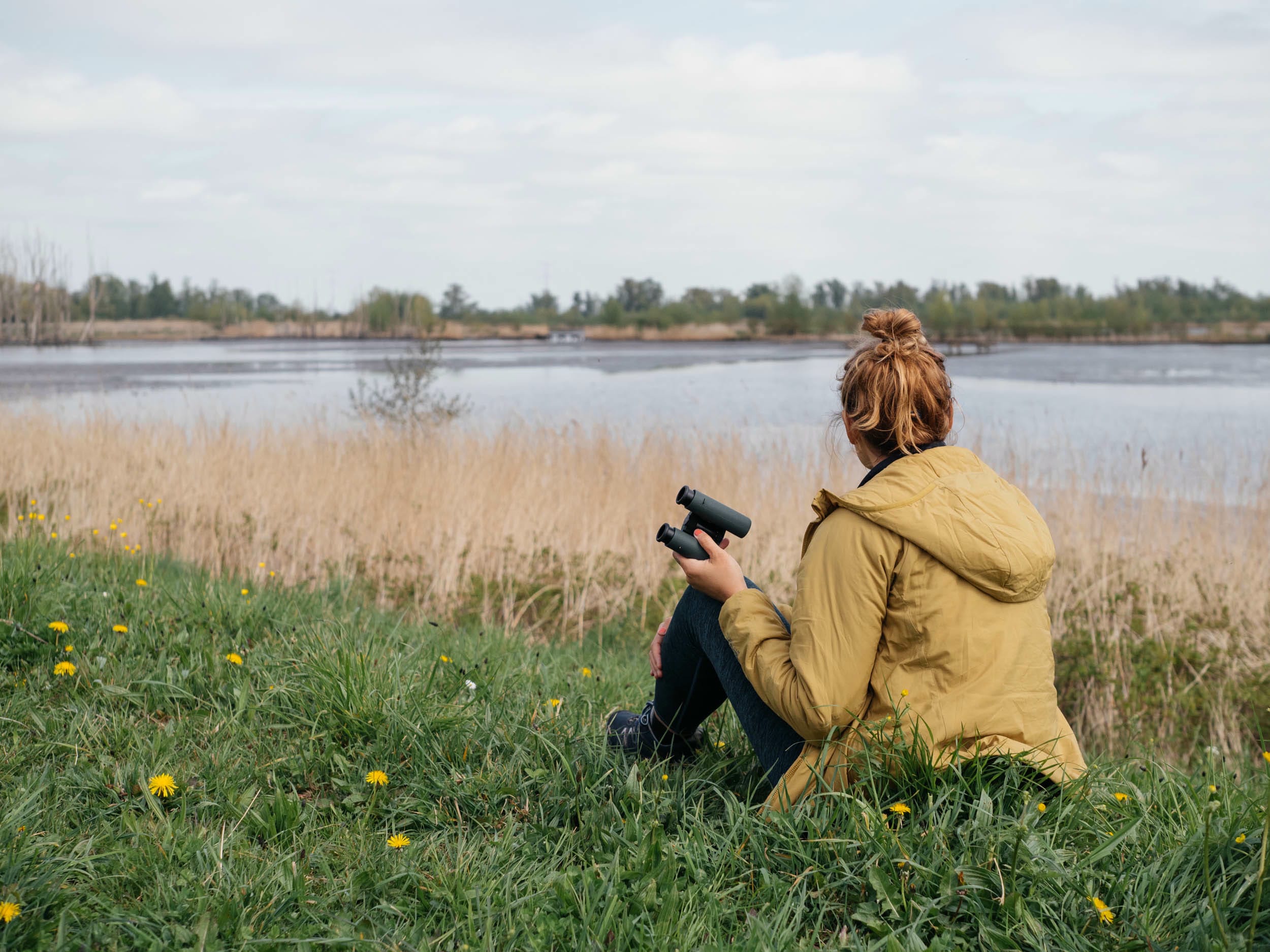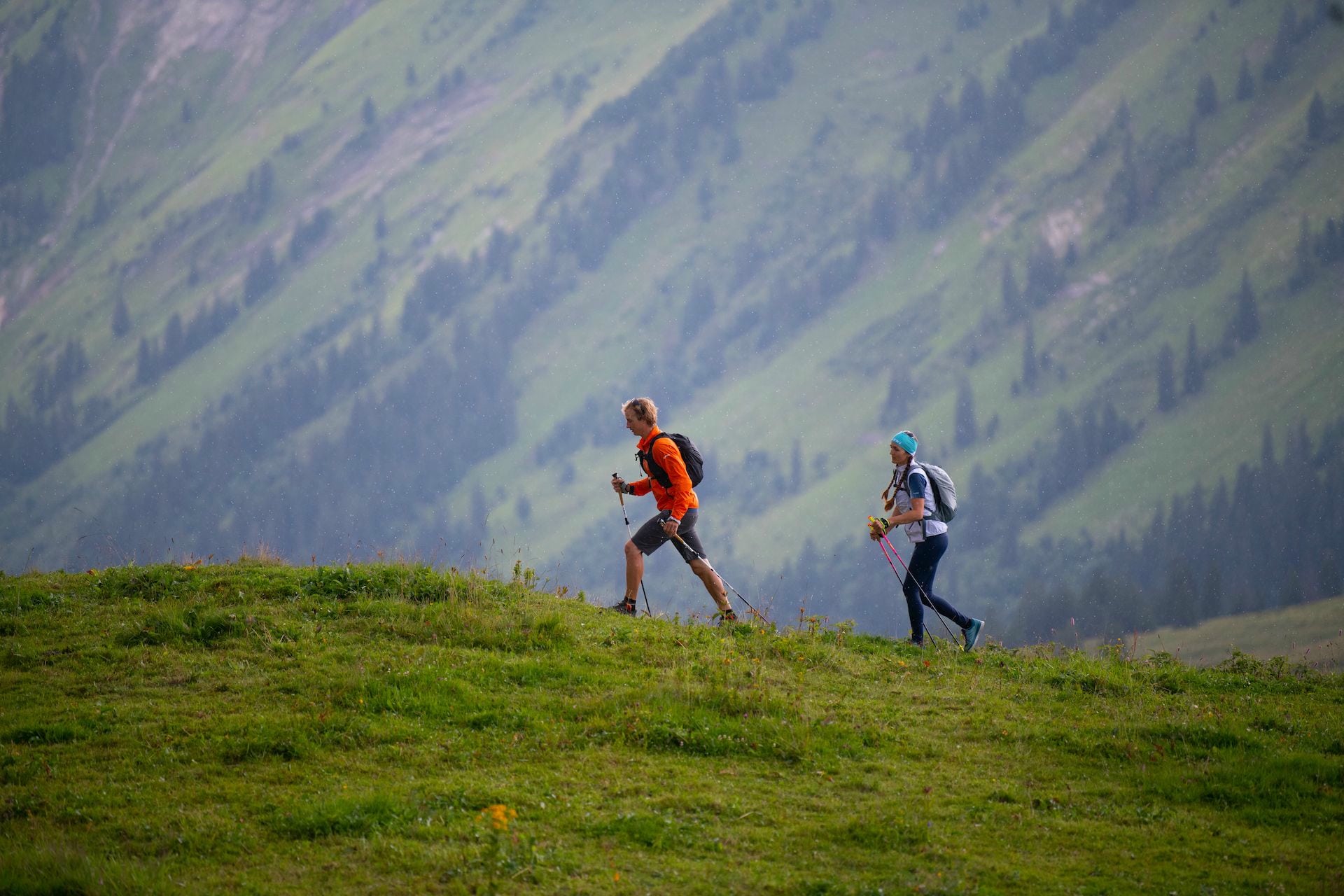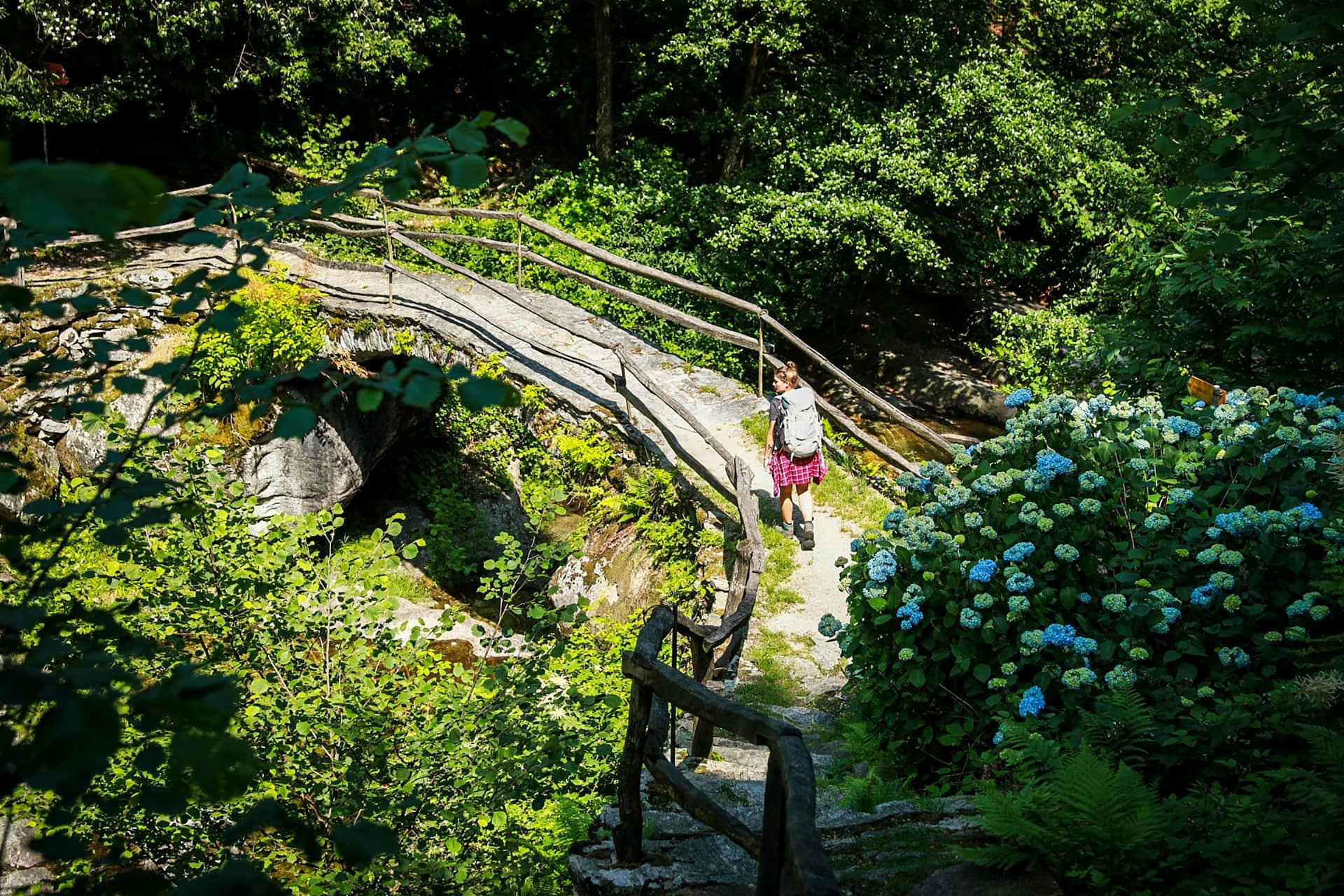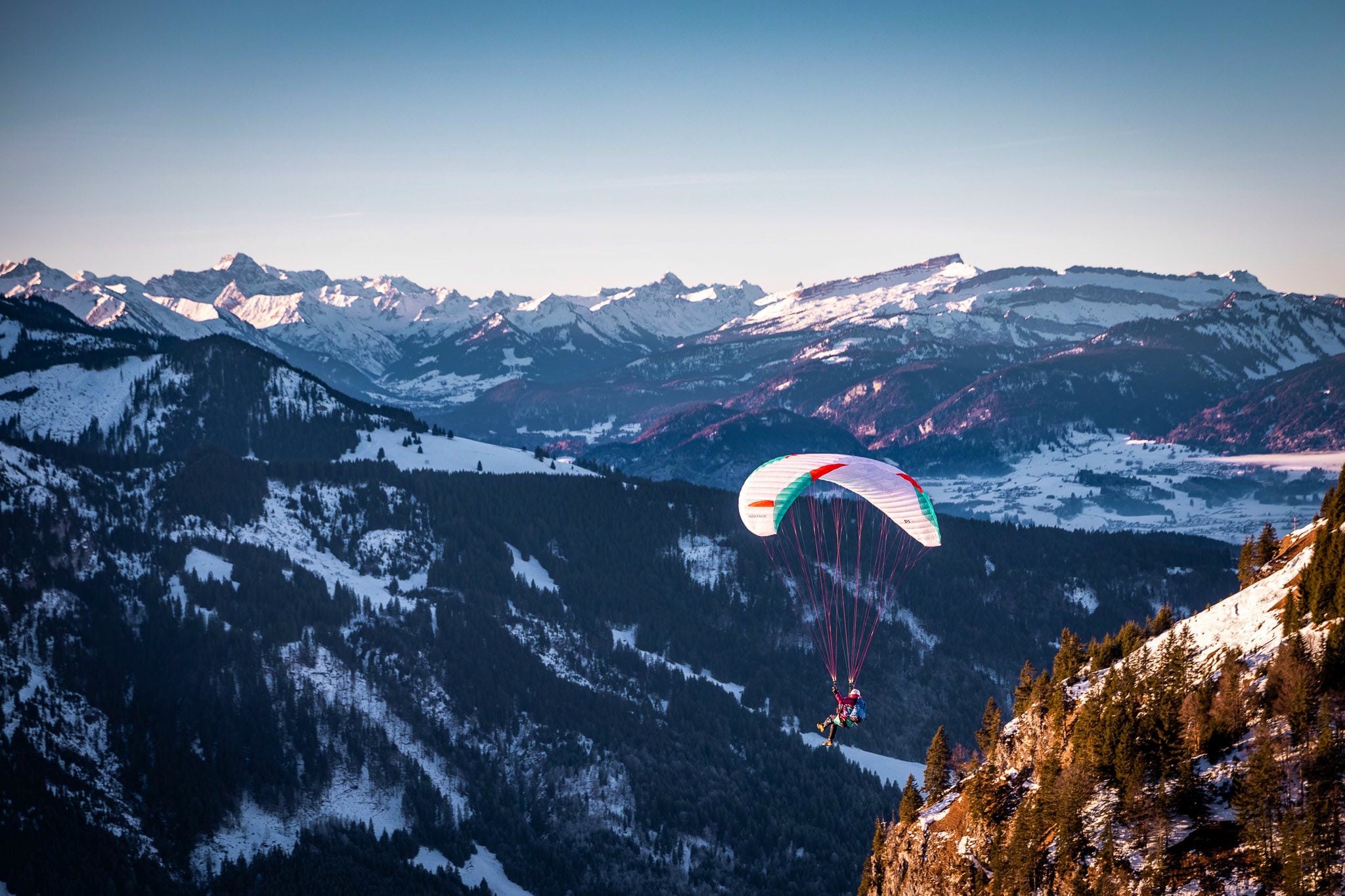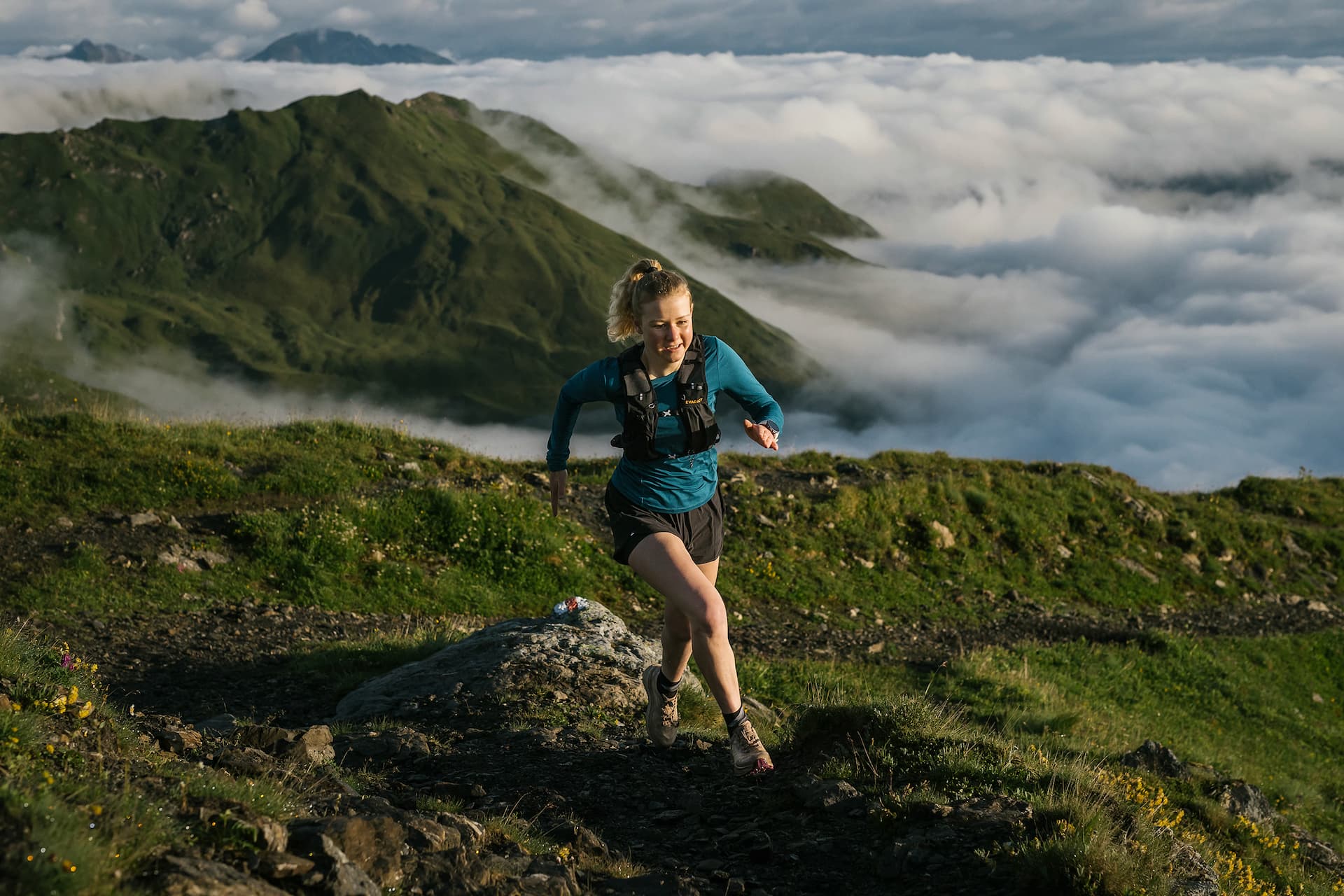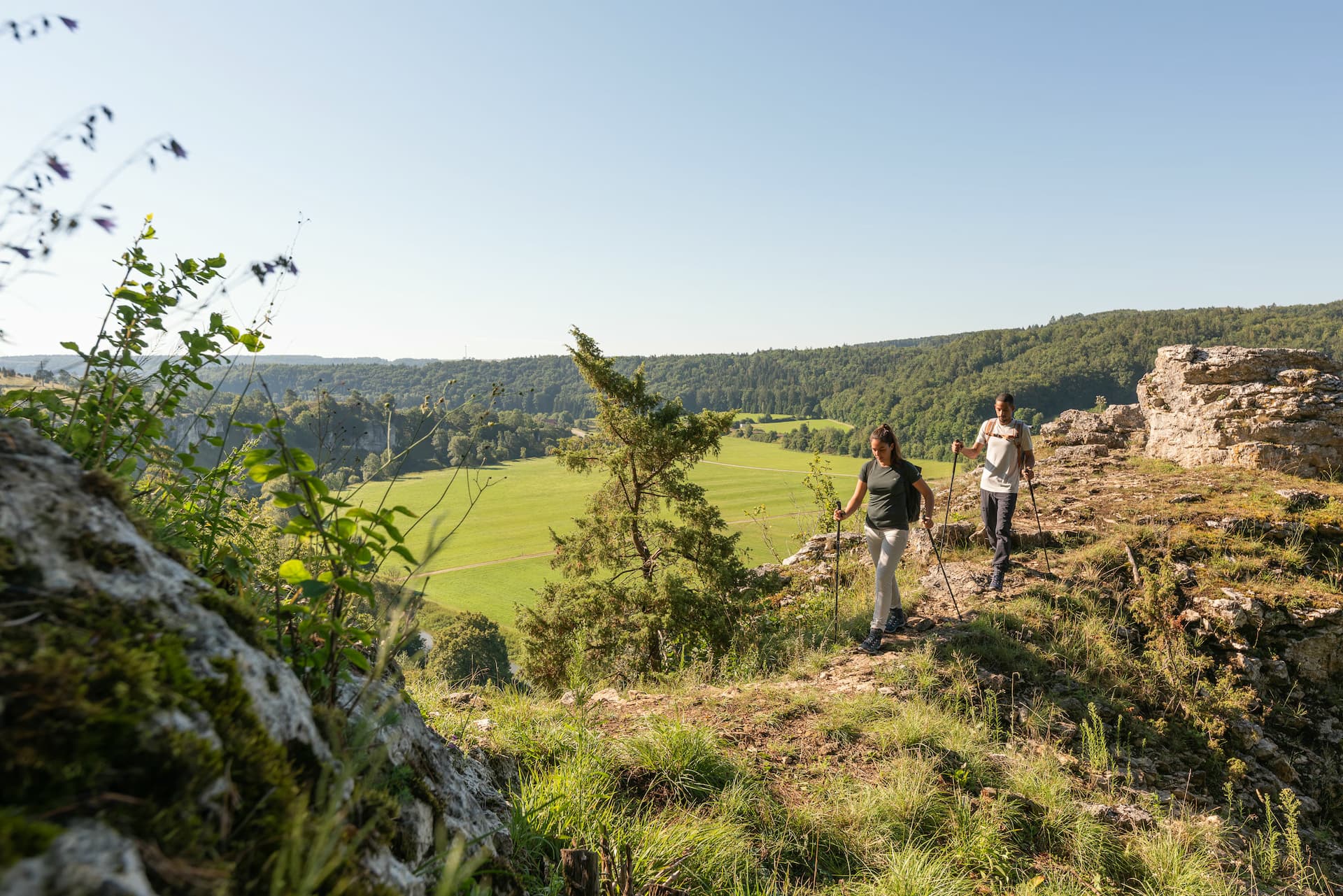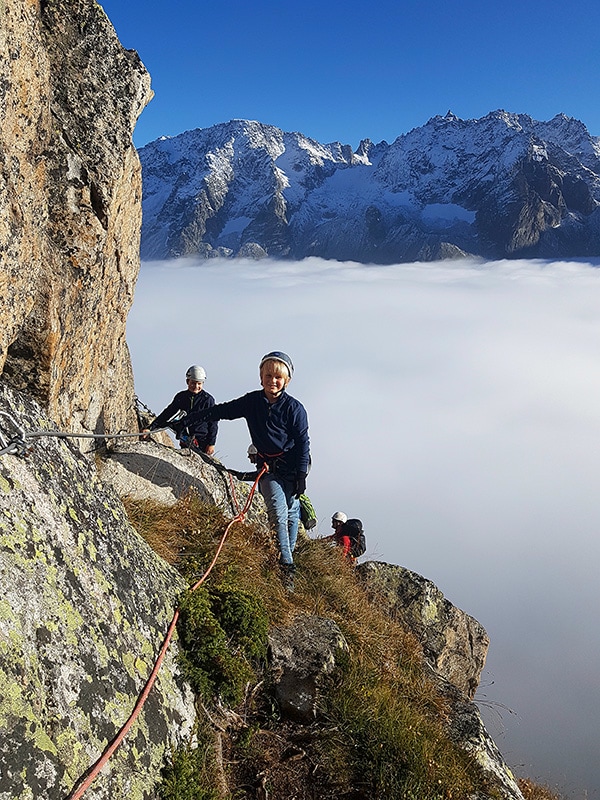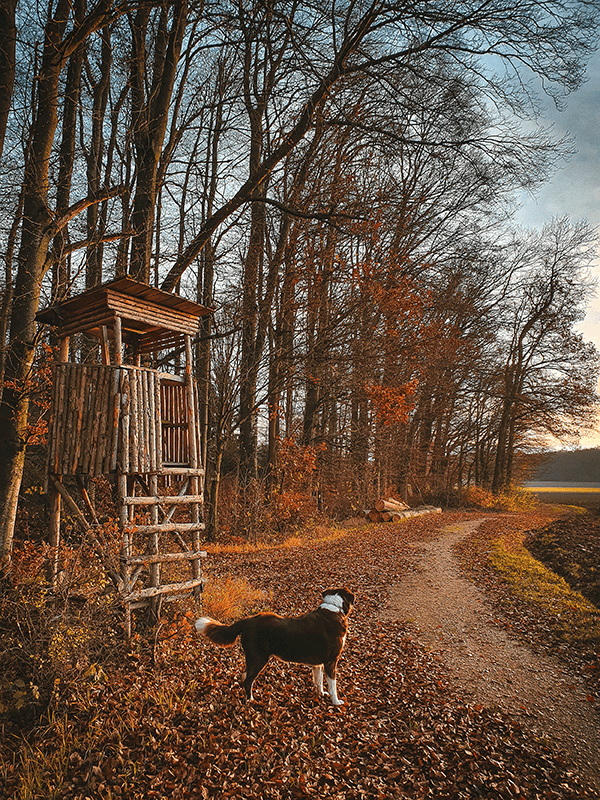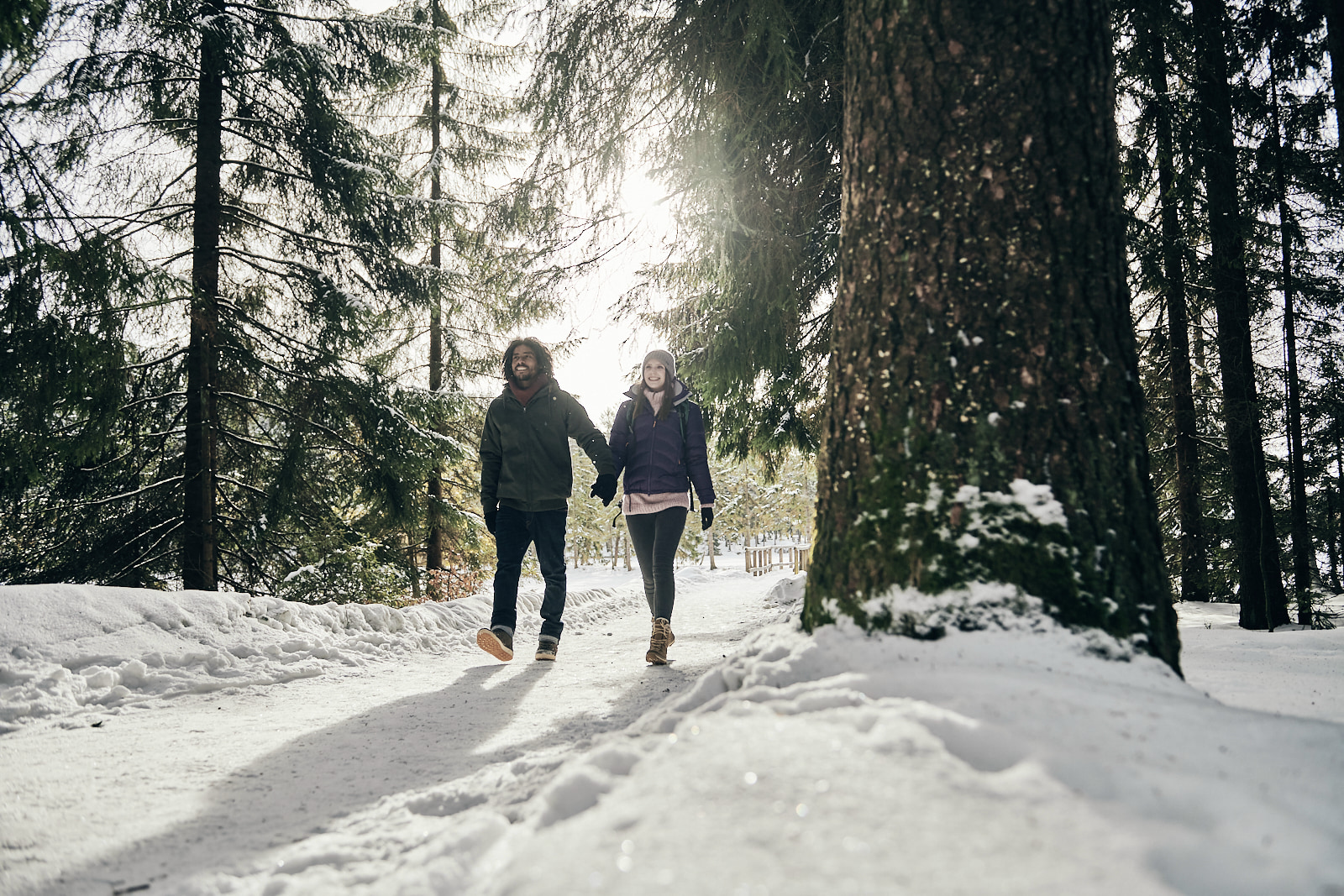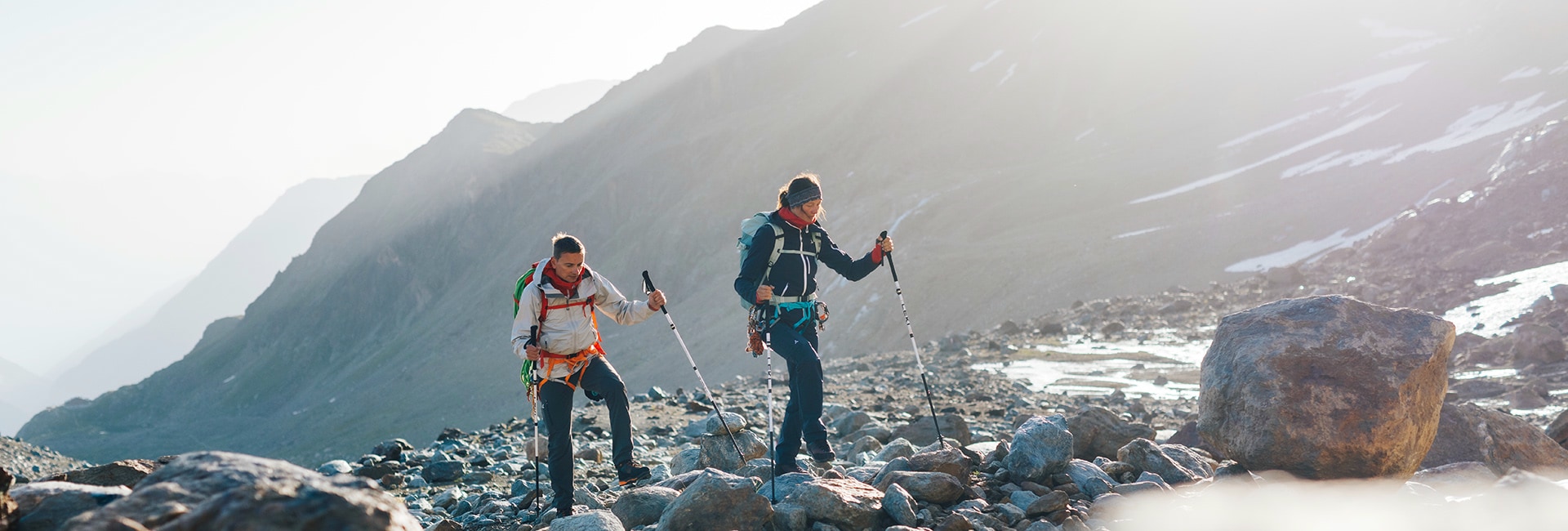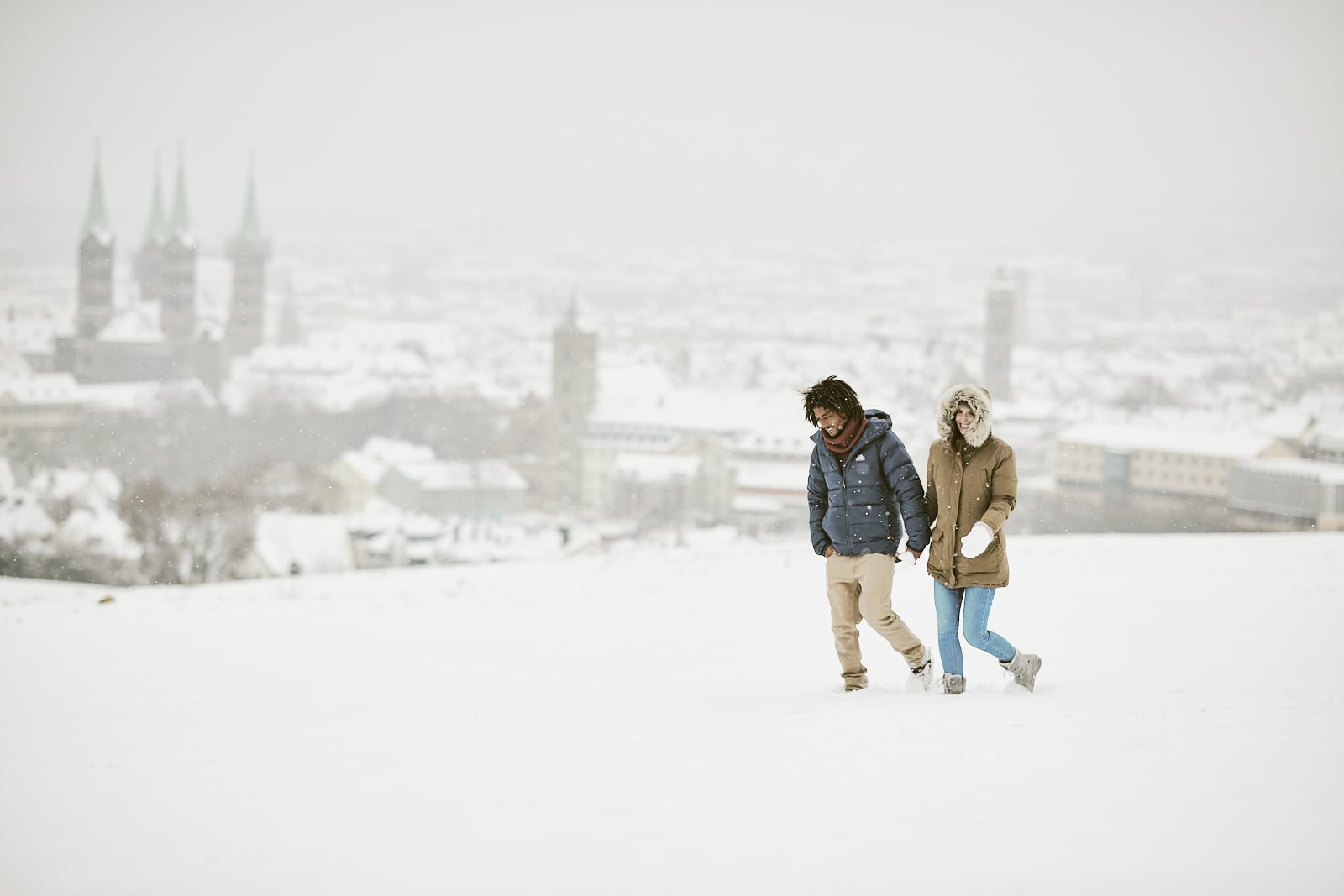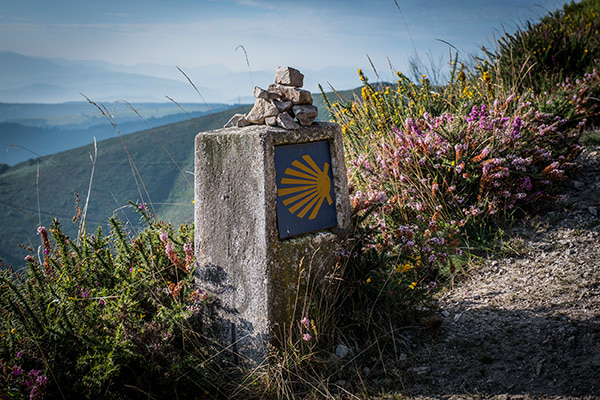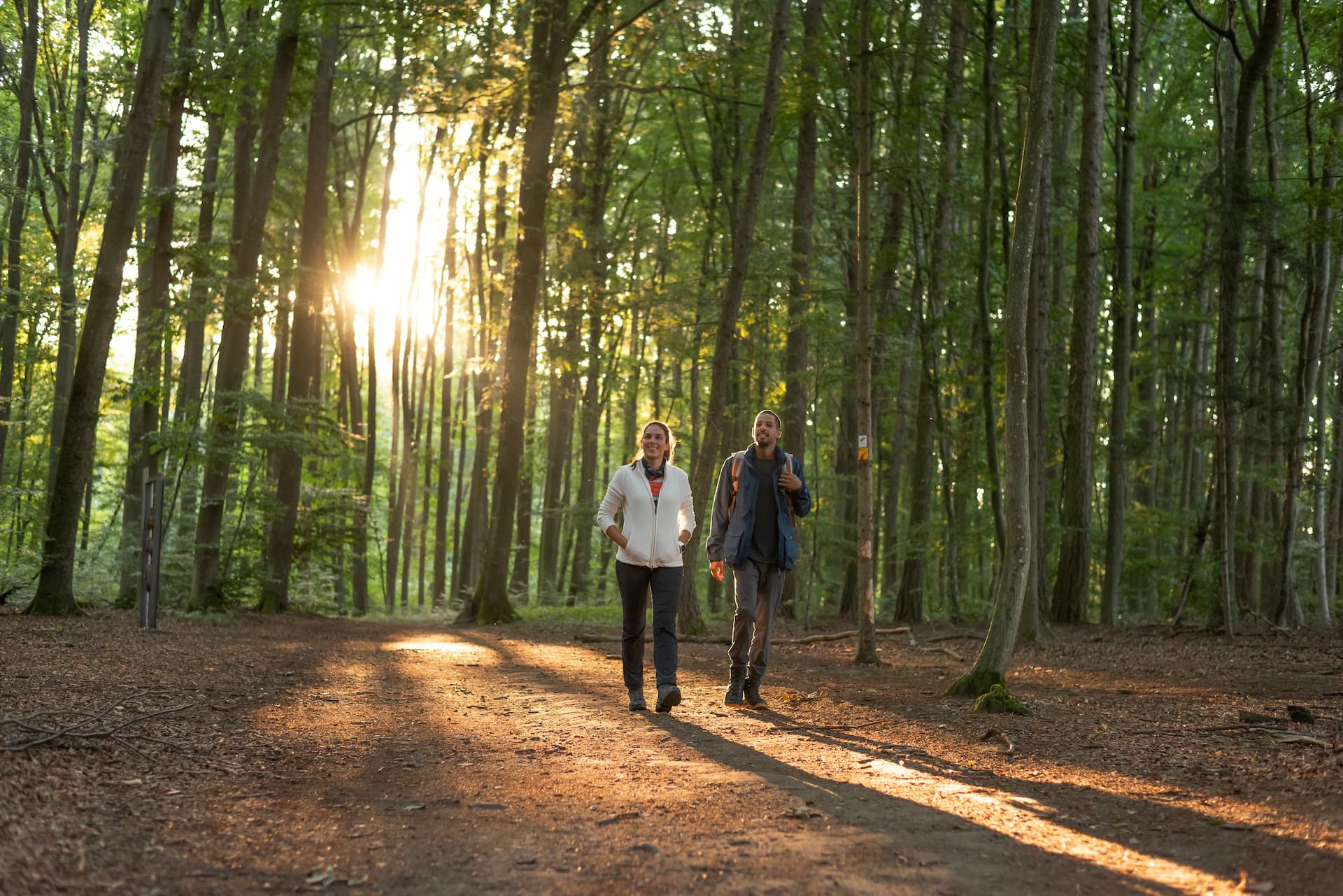If you want to bring nature into your home, you don't necessarily have to leave your flat to feel its effects. Studies have shown, for example, that patients in hospitals recovered more quickly if they could see trees outside their window from their bed. And it certainly works on a small scale with a few green houseplants, a bee-friendly flower box or a bird house on the balcony.
In this way, you not only create green islands and exciting observation objects for yourself, but also do something for wildlife. And once the blue tit family has moved in and the wild bees are busy collecting pollen, you will be at least as happy as the animals themselves.
But beware: not everything sold in this category is suitable. For example, not every wildflower seed mixture is truly wild bee-friendly and not every bird feeder is suitable for feeding birds. It is best to follow the official recommendations of nature conservation associations and similar organisations.
